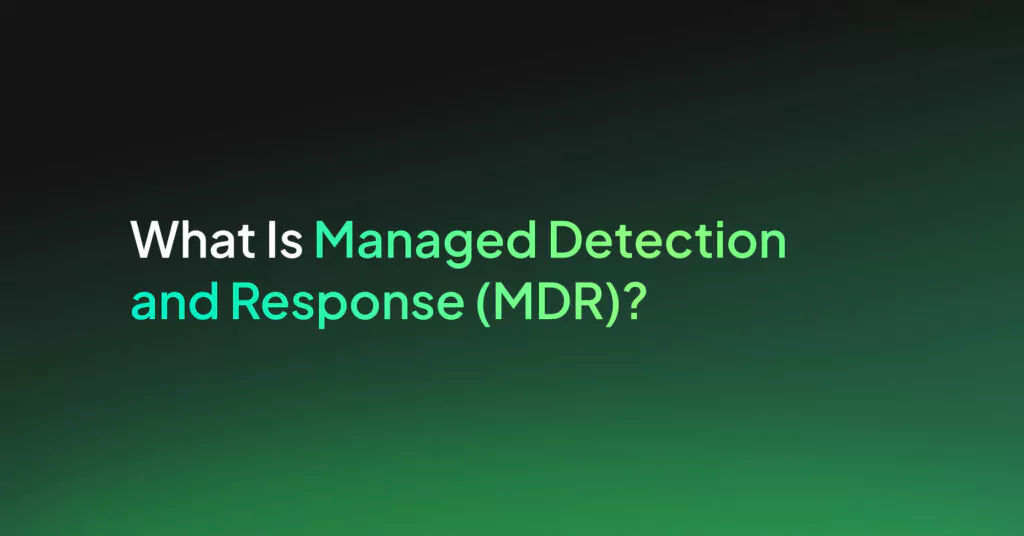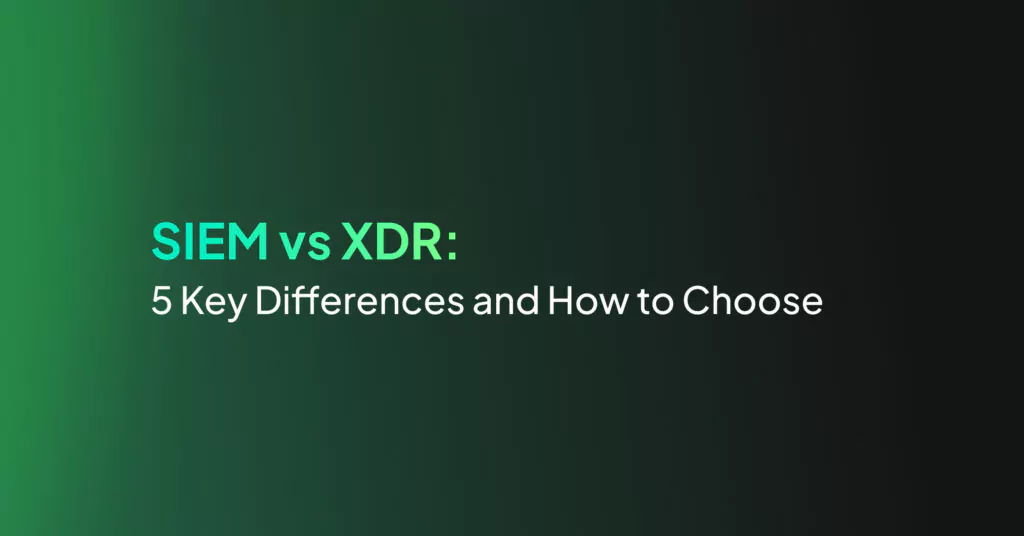SIEM Monitoring: How It Works and 5 Critical Best Practices

How SIEM Monitoring Works?
SIEM systems offer the following capabilities for monitoring IT infrastructure.
Data Collection and Aggregation
SIEM monitoring starts with the collection and aggregation of data from various sources within an organization’s infrastructure. This includes logs from firewalls, intrusion detection systems, servers, and endpoints. The gathered data is normalized into a consistent format to ensure effective analysis.
By centralizing this information, SIEM solutions enable a view of network activity, which is crucial for accurate threat identification and correlation. Aggregation of data also helps in reducing the noise, making it easier to pinpoint genuine security incidents amidst massive volumes of information. This process is automated for fast and continual data updates.
Real-Time Analysis and Correlation
Once data is collected, SIEM systems perform real-time analysis and correlation. This involves checking incoming data against established rule sets and correlation engines. The goal is to identify patterns or anomalies that indicate potential security threats. By correlating data from different sources, SIEM can detect sophisticated attacks that might otherwise go unnoticed.
Real-time analysis is crucial for minimizing the window of opportunity for cyber attackers. With analytics, SIEM systems can adapt to evolving threats, reducing false positives and improving detection accuracy.
Incident Detection and Alerts
The core functionality of SIEM is to detect incidents and generate alerts. This is achieved through continuous monitoring of log data, identifying deviations from normal behavior. When SIEM detects a potential security threat, it immediately triggers alerts, enabling security teams to take action quickly.
The alerts are often prioritized based on severity to ensure critical issues are addressed first. Leveraging incident detection involves customizing alert thresholds and tuning parameters to match the organization’s network environment. This customization reduces the chances of missing genuine threats and minimizes the incidence of false positives.
Compliance Reporting
SIEM solutions offer various reporting capabilities that support compliance audits and assessments. By automating the generation of compliance reports, SIEM systems save time and reduce the potential for human error. These reports provide detailed insights into security controls, user activities, and incidents, helping organizations demonstrate adherence to legal and industry standards.
Organizations can customize SIEM reporting according to their chosen compliance frameworks, such as GDPR, HIPAA, or PCI-DSS. This flexibility ensures that all necessary compliance requirements are met and documented satisfactorily.
Benefits of SIEM Monitoring
SIEM monitoring provides organizations with a tool to strengthen their cybersecurity defenses. Here are the key benefits:
- Enhanced threat detection and response: SIEM systems identify potential threats in real time, enabling swift responses to minimize damage. Analytics improve accuracy and reduce false positives.
- Centralized visibility: A unified platform consolidates data from various sources, giving security teams a view of network activity and simplifying threat monitoring.
- Improved compliance management: Automated reporting helps organizations meet regulatory requirements like GDPR, HIPAA, and PCI-DSS, simplifying audits and reducing compliance risks.
- Proactive risk mitigation: Early detection of anomalies and integration with threat intelligence allows organizations to address risks before they escalate.
- Scalability and adaptability: Modern SIEM solutions grow with organizational needs, handling larger data volumes and adapting to new threats and technologies, including cloud environments.
- Incident investigation and forensics: Detailed logs and historical data support in-depth investigations, helping trace incidents to their source and improve future security measures.
Related content: Read our guide to SIEM architecture
Best Practices for Effective SIEM Monitoring
Organizations should consider the following practices to ensure comprehensive and relevant monitoring with SIEM.
1. Prioritize Data Sources
To maximize the effectiveness of SIEM monitoring, it’s crucial to prioritize the most critical data sources. Focus on high-value assets such as firewalls, intrusion detection systems, endpoints, domain controllers, and cloud environments. These systems often hold sensitive information or aid in network security, making them prime targets for attackers.
By ensuring that key sources are integrated and monitored, SIEM can provide coverage and early detection of potential threats. Avoid overwhelming the system with low-priority or redundant data sources, as this can lead to unnecessary noise and reduced efficiency in identifying real threats.
2. Regularly Tune and Update Rules
SIEM systems rely on predefined rules to detect threats, making it essential to regularly review and update these configurations. As an organization evolves, its network environment, applications, and potential threat landscape also change. Tuning rules to reflect current business needs and emerging threats ensures better accuracy in threat detection.
Frequent updates also help reduce false positives and negatives, allowing security teams to focus on genuine threats. Consider involving stakeholders in periodic reviews to ensure rules align with operational realities and compliance requirements.
3. Leverage Threat Intelligence Feeds
Integrating threat intelligence feeds improves SIEM’s ability to identify and respond to sophisticated and emerging threats. These feeds provide real-time updates on known vulnerabilities, malicious IPs, phishing domains, and attack patterns, helping the system recognize new attack vectors.
Ensure the selected feeds are reliable and align with the organization’s industry or threat landscape. Combining threat intelligence with SIEM’s correlation capabilities can significantly improve threat detection and response times.
4. Establish Baselines for Normal Behavior
Defining baselines for normal behavior is critical for detecting anomalies. Baselines represent typical patterns of user activity, network traffic, and system operations under normal circumstances. SIEM systems compare current activities against these baselines to identify deviations that may indicate security incidents.
Building accurate baselines requires monitoring and analyzing historical data. Additionally, updating baselines periodically to reflect changes in network usage or organizational policies ensures their continued relevance.
5. Monitor the SIEM System Itself
Regularly monitoring and analyzing metrics helps measure the performance of the SIEM system. Key performance indicators (KPIs) may include mean time to detect (MTTD), mean time to respond (MTTR), the volume of alerts, and the ratio of false positives to true positives.
By tracking these metrics, organizations can identify areas for improvement, optimize SIEM configurations, and evaluate the overall impact of the system on security operations. Continuous assessment ensures that SIEM remains useful in mitigating risks.
Related content: Read our guide to SIEM logging
Cloud SIEM with Coralogix
Coralogix sets itself apart in observability with its modern architecture, enabling real-time insights into logs, metrics, and traces with built-in cost optimization. Coralogix’s straightforward pricing covers all its platform offerings including APM, RUM, SIEM, infrastructure monitoring and much more. With unparalleled support that features less than 1 minute response times and 1 hour resolution times, Coralogix is a leading choice for thousands of organizations across the globe.





